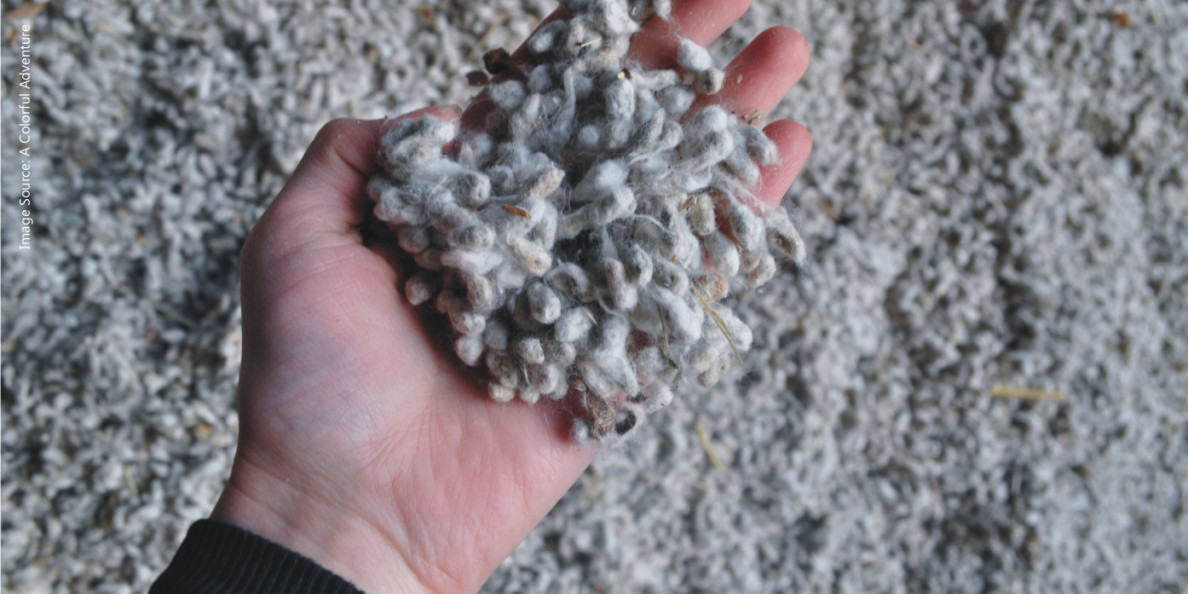About 65 people discussed the present and future of cotton research and development during the West Texas Cotton Research Update in Lubbock on Jan. 29.
During the meeting – organized by The Cotton Board – cotton farmers and researchers deliberated a number of industry topics, including ginning by-products, cotton seed developments, clean cotton initiatives, developing functional cotton, quality aspects, and dryland cotton as the future of the High Plains of Texas.
Opening the meeting, Shelley Heinrich, Southern Plains Regional Communication Manager for The Cotton Board, traced the history of the cotton research and promotion program that started in 1966 and has been continuously supported by U.S. cotton growers. Stating that the research and promotion budget managed by Cotton Incorporated for this year is $82 million, Heinrich added that the research program has been a role model for other commodity industries.
With competition from other fibers and the need to increase the market share of cotton, particularly in burgeoning economies, researchers working on innovative projects met with area cotton producers to seek their input. The strength of the United States’ cotton sector has been the active involvement of producers in taking the industry to the next level in research and policy matters.
For example, the cotton sector is interested in promoting cottonseed as a nutritious meal. As its share in the seed crushers is nearly saturated, efforts are underway to take it beyond cattle feed and the dairy industry. Recently, the USDA deregulated gossypol-free cotton seed, which opens new opportunities for the seed.
“We are waiting on FDA approval of the gossypol-free seed, which will lead to commercial use for feeding aquaculture, poultry, swine and even humans,” stated Kater Hake, vice president of Agriculture and Environmental Research at Cotton Incorporated.
Kristie Rhodes, manager, Product Development at Cotton Incorporated, showcased several new fabrics that utilize new technologies such as dyeing cotton using sulfur dyes from cotton by-products.
It is important for the industry to think beyond yield and fiber quality issues and focus on the functional aspects of fiber and textiles. A project funded by Cotton Incorporated in the Nonwovens and Advanced Materials Laboratory at Texas Tech University is focused on finding industrial applications for low micronaire cotton, including toxic and crude oil absorbent mats.


